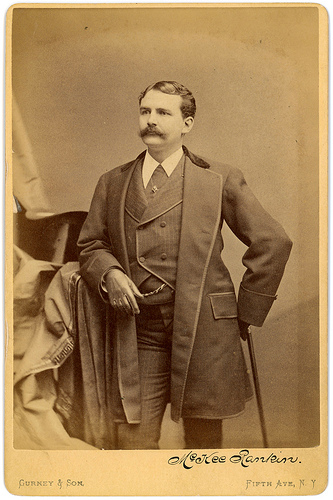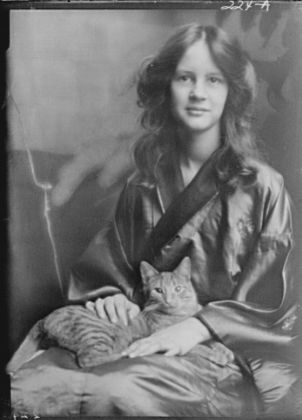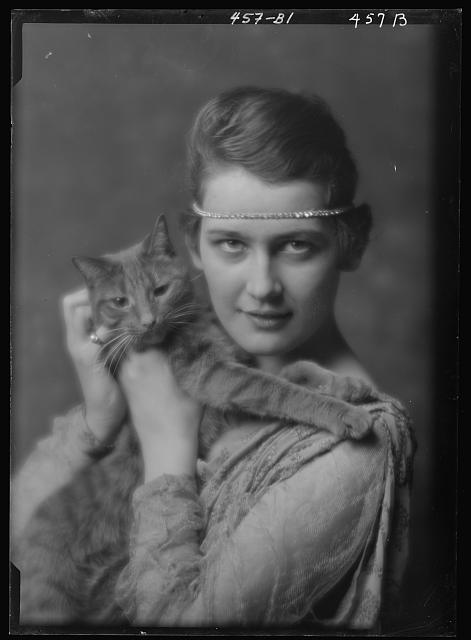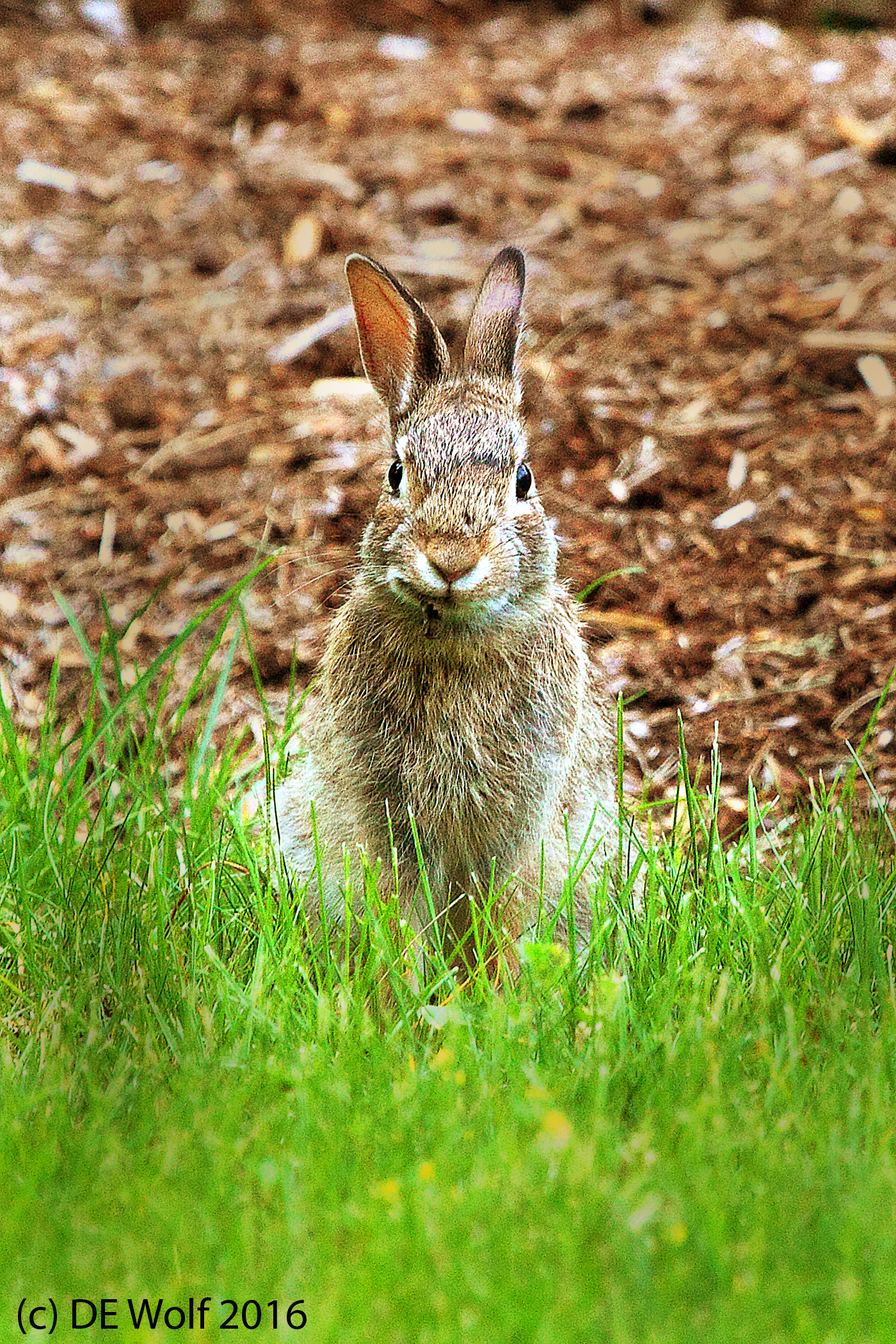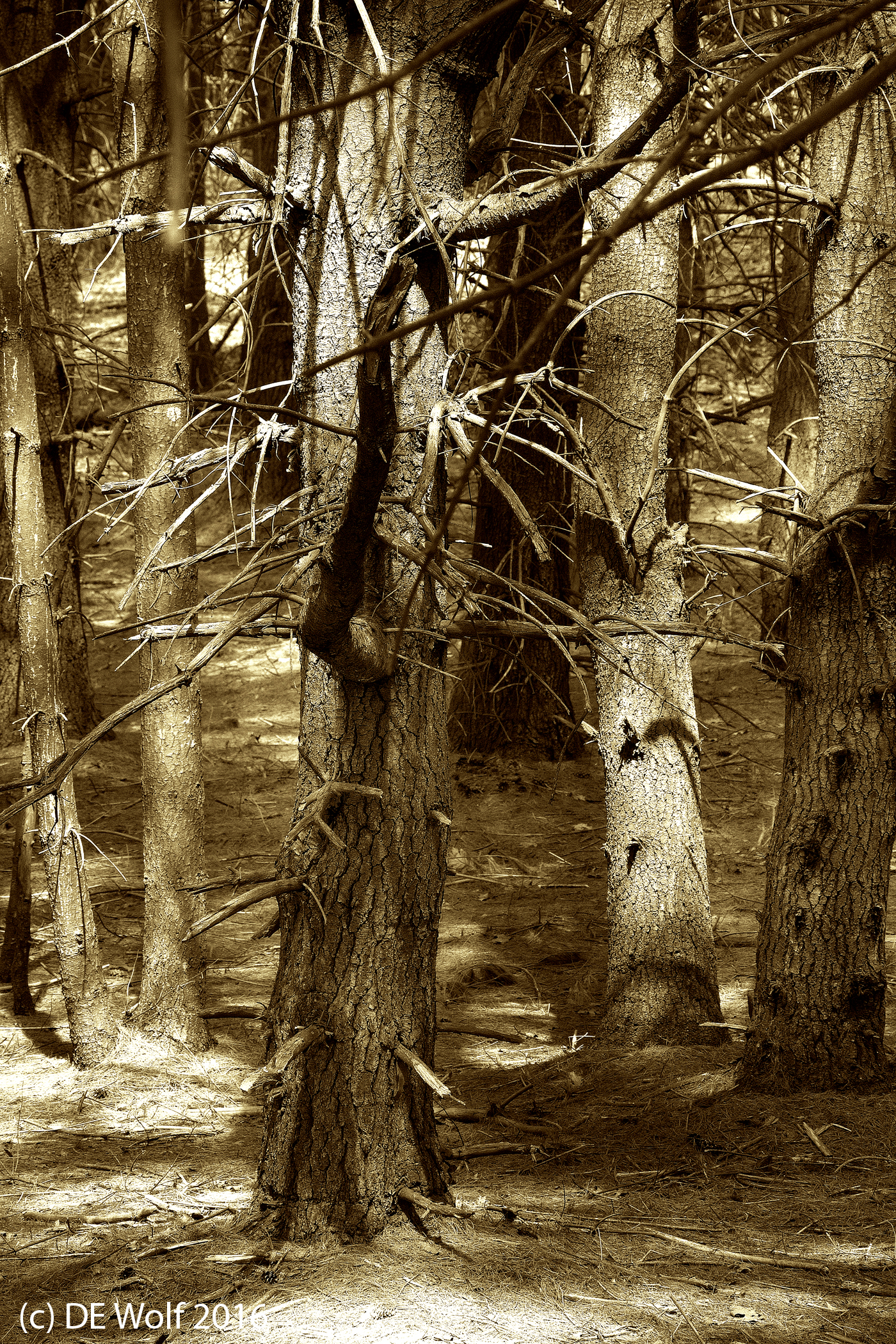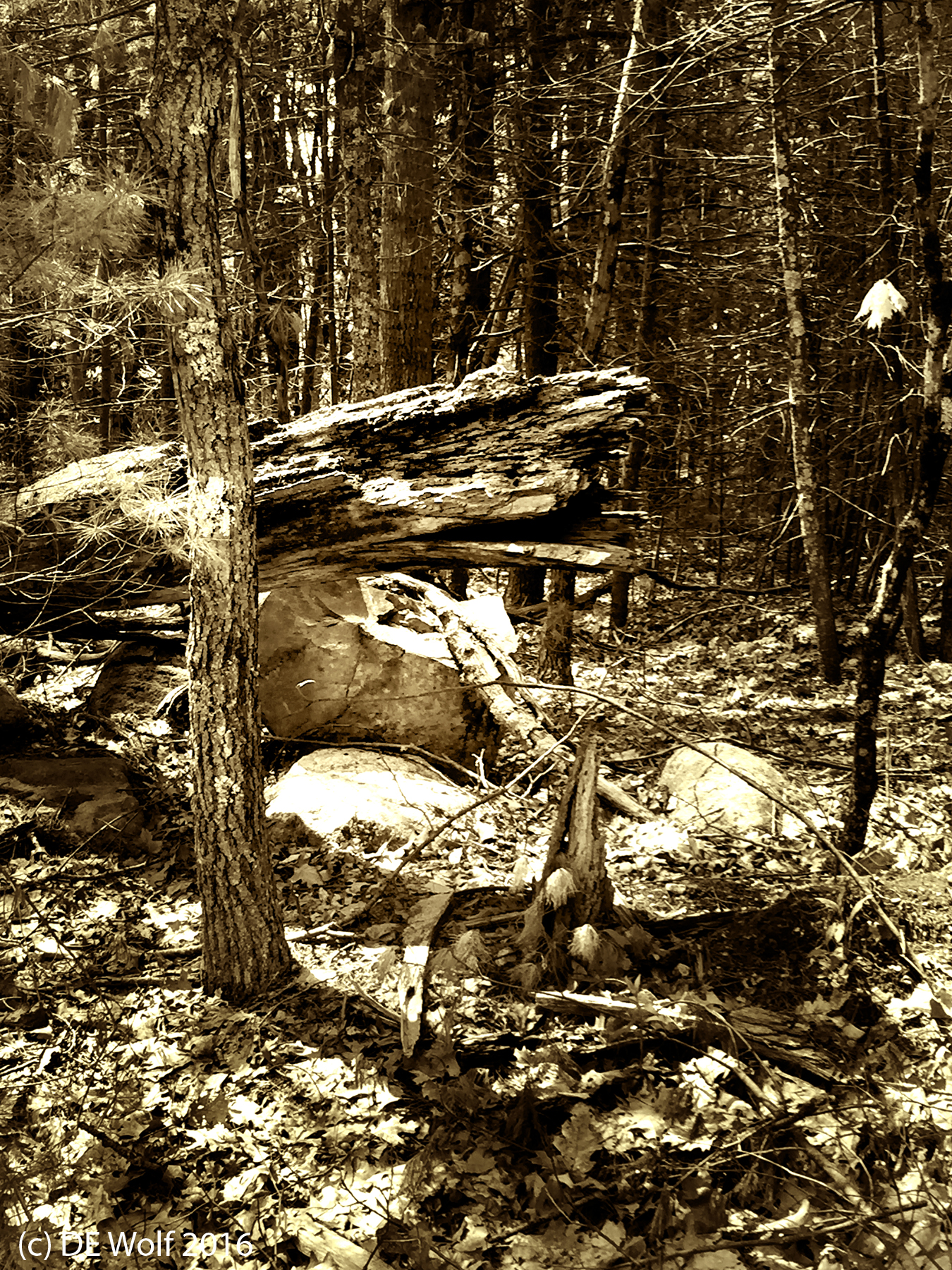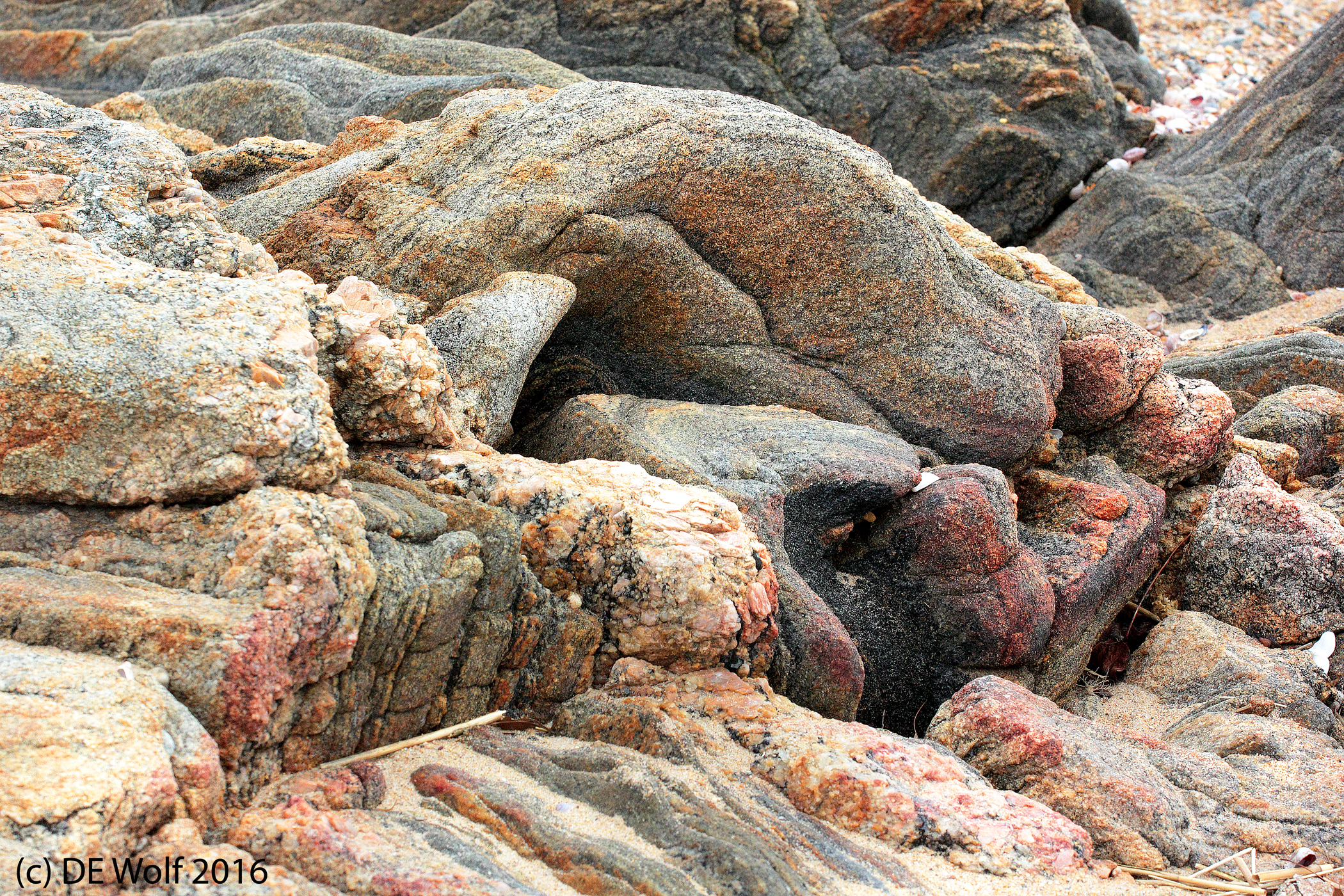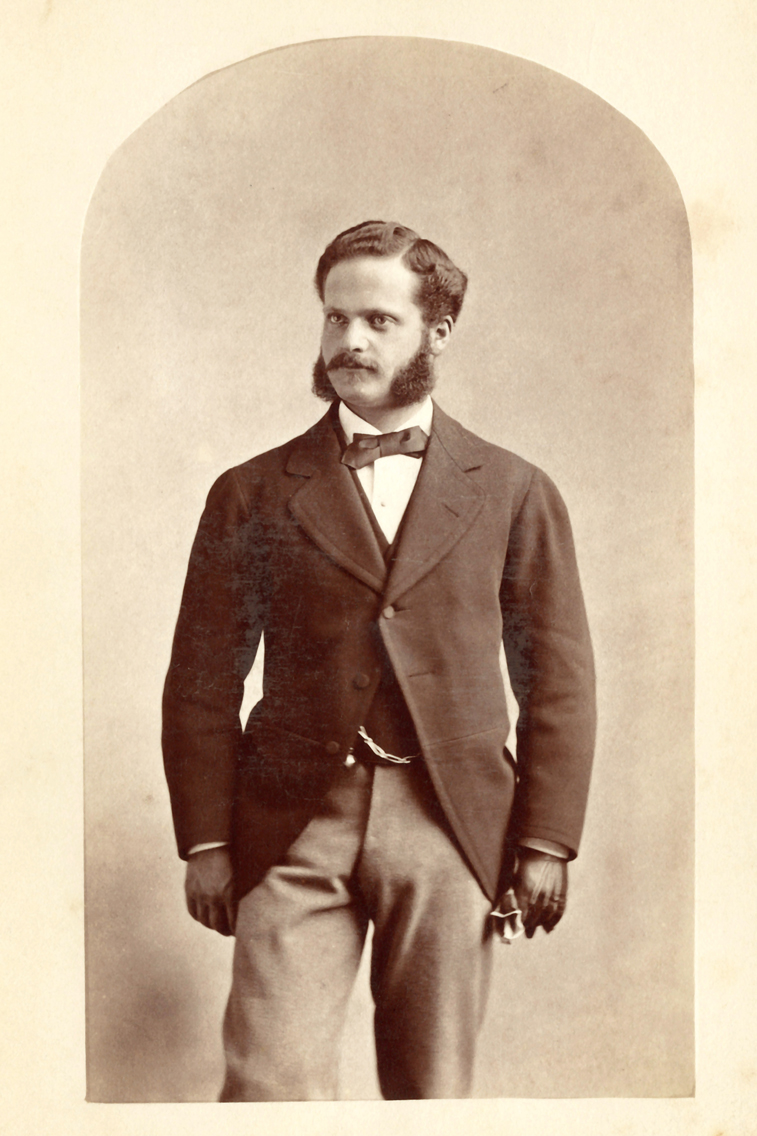
Figure 1 – Napolean Sarony “Young Couple c1870.” gentleman. In the public domain by virtue of its age.
I’d like today to follow up on yesterday’s blog “Mysteries of the Belle Époque.
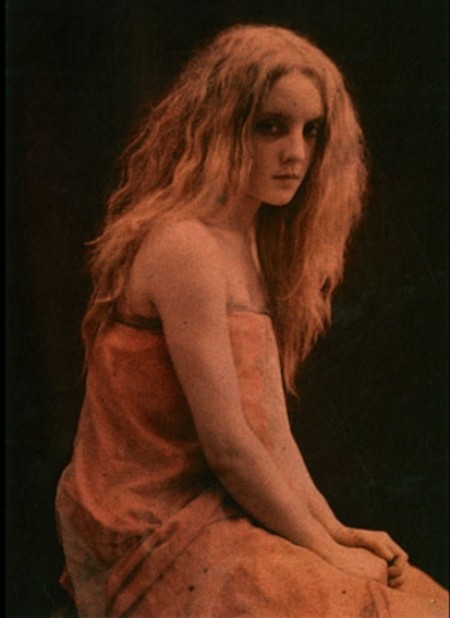
Figure 2 – Autochrome by Andre Hachette Portrait of Sarah Lievine, c 1907. In the public domain in the United Staes because of its age.
”Mystery I – One of my absolute favorite autochromes from the turn of the twentieth century is Andre Hachette’s stunning c 1907 photograph of the equally stunning Miss Sarah Lievine (Figure 2). After a lot of searching I have still not been able to figure out anything about Sarah Lievine. I keep hoping that someday I will. Indeed, I hope that some reader will have some knowledge of her. But for now this Mystery of the Belle Époque remains.
Mystery 2 – Last August I posted what I referred to as photographs of a young couple by portrait artist Napoleon Sarony from c 1871. The gentlemen is shown in Figure 1. I purchased the two images together and the dealer referred to them as a young couple and I could create a story about them in my mind. Of course, it was equally possible that the two were not related. One could not be sure. Well, I have since looked at a lot of Napoleon Sarony and contemporary portraits – particularly those of actors. I now am pretty sure that the gentleman in Figure 3 is the same although slightly older person seen in Figure 1.
Figure 3 is a portrait by Gurney & Son of the then famous actor McKee Rankin. So I am pretty convinced that it is the same person in the two photographs – this just by looking at a lot of photographs, which is pretty remarkable. The lady in my original blog is not however Rankin’s wife, Kitty Blanchard – so that mystery remains. Rankin was extremely successful in his day and was a key player in the development of American theater. He was a founder of a short-lived acting dynasty: himself, Kitty, and his daughter Phyllis Rankin. His story was itself the stuff of theater. In his youth he was charming, handsome, and highly successful. He married a beautiful wife. But in the end alcohol and financial risk taking led to ruin, obesity, and divorce.
So while one mystery of the Belle Époque has been solved, two remain. There is the question of who was Sarah Lievine, and there is the question of the lady in the crinoline.

